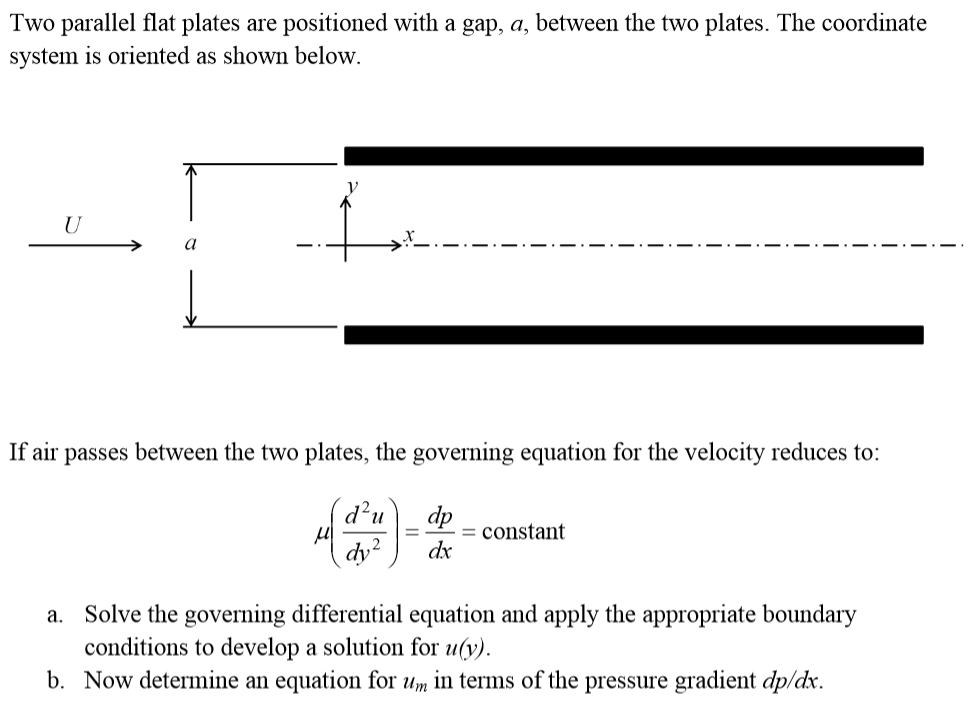


not the entire cross sectional area), we can write the forces from the normal stress as the stress times the area of the differential element. We're interested in summing the forces in the x direction and setting them equal to zero. If we look at an arbitrary area of the cross section (i.e. We also know that this normal stress will be zero along the neutral axis of the beam. From the loading shown, we know that the normal stress in the x direction will be compressive (negative) at the top of the beam, and tensile (positive) at the bottom of the beam. We know from our previous sections that there will be a normal stress from bending that varies along the y-axis. Let's zoom into a small segment of the beam, and analyze the forces acting on it. To understand the nature of this transverse shear stress more mathematically, let's imagine a beam that is simply supported at its ends, and loaded by a point force at its center. This shear stress can cause failure if the horizontal planes that are supposed to resist shearing are weak. This resistance to sliding, or resistance to forces that are parallel to the beam's surface, generates a shear stress within the material. If instead, the planks are glued together, the glue will prevent the beams from sliding past each other.

If they are not bound together, applying a load to the free end of the beams will cause them to bend and slide past each other, as shown in the illustration below. Pretend they are 2" by 4" planks of wood. Consider several beams that are cantilevered to a wall. Transverse shear can be a difficult thing to visualize. In this lesson, we will learn how the shear force in beam bending causes a shear stress. This normal stress often dominates the design criteria for beam strength, but as beams become short and thick, a transverse shear stress becomes dominate. In a previous lesson, we have learned about how a bending moment causes a normal stress. As we learned while creating shear and moment diagrams, there is a shear force and a bending moment acting along the length of a beam experiencing a transverse load.


 0 kommentar(er)
0 kommentar(er)
